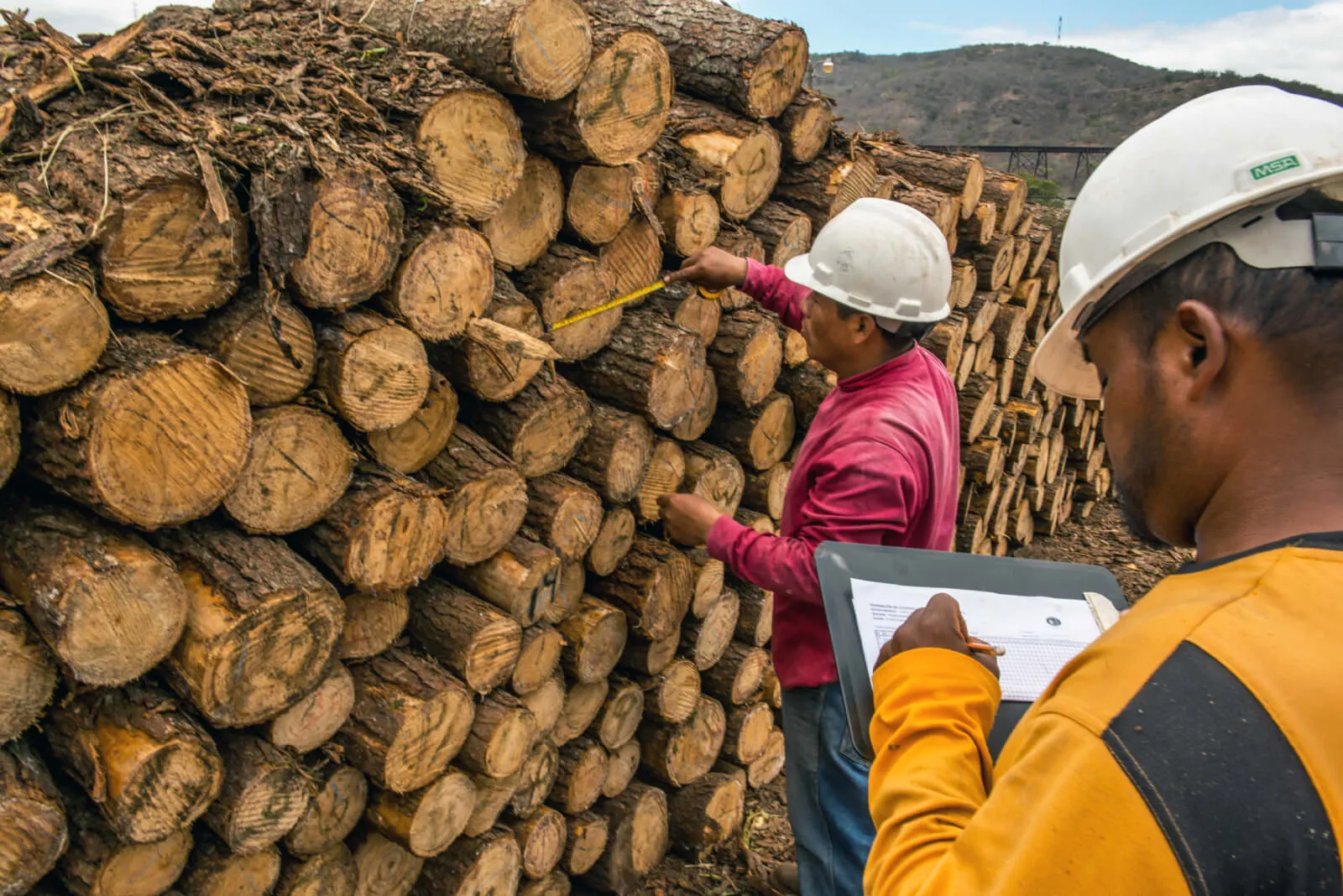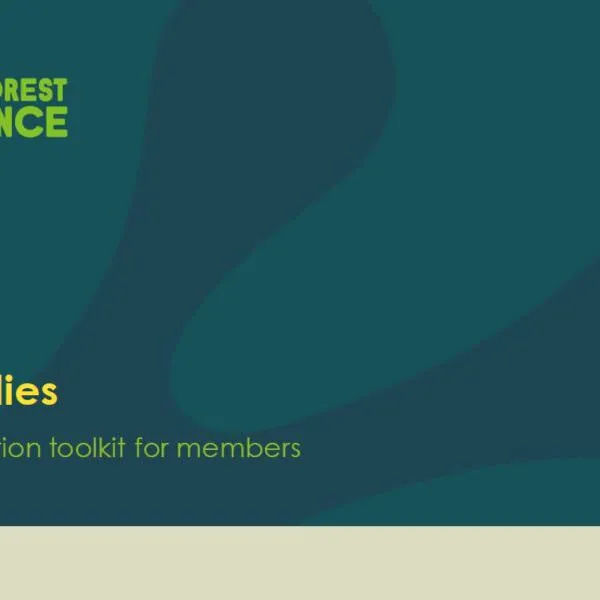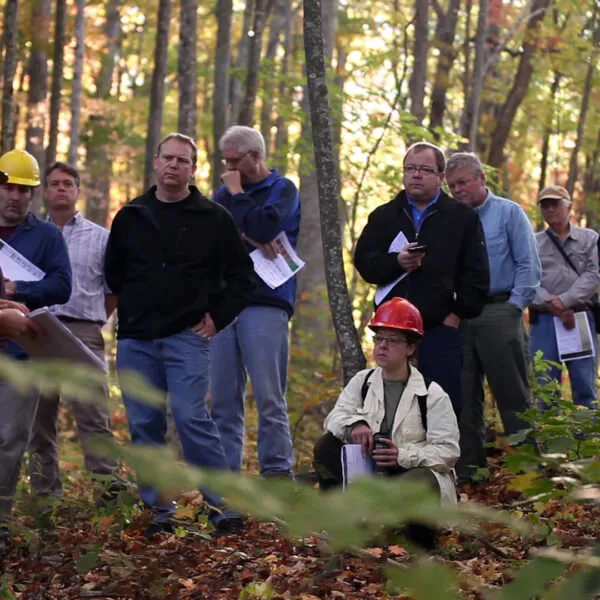Forests need a new solution. Deforestation, forest degradation, and biodiversity loss continue at an unacceptable rate despite increasing private and public sector commitments. In addition, research continues to highlight the link between environmental and social challenges and their many interconnected causes. To protect the livelihoods of 1.6 billion people, we must act swiftly to protect and restore the forests they depend upon. Integrated Community Forest Management works to do just that, while embodying the Rainforest Alliance’s vision of people and nature thriving in harmony.
Our Integrated Community Forest Management model involves:
- A results-oriented approach to sustainable forest management and healthy landscapes;
- Placing local communities at the heart of restoring our world’s forest ecosystems;
- Incorporating shared learning and results;
- And using those scaled learnings, resources, and tools across different countries.
Promoting strong local business
Indigenous Peoples and local communities play an important role in the stewardship of forests. Almost one-third of the world’s forest areas are under some form of community-based management, often as community forest enterprises (CFEs). A CFE is a business created by local people that manage the forest and sell forest products. As a result, strong and effective CFEs have proven to be resilient and best equipped to handle climate, policy, or economic challenges.
Case study: Integrated Community Forest Management in the Maya Biosphere Reserve
Our work in Guatemala’s Maya Biosphere Reserve is an example of effective community forestry. As the largest protected area in Central America, it is also a critical carbon sink.
For more than twenty years, nine community concessions (so called because the Guatemalan government “conceded” the right to use the forest sustainably) have maintained a near-zero deforestation rate—that’s twelve times less than adjacent areas of the reserve—while creating regenerative, local economies. Net forest gain equaling 695 American football fields has been found in these communities; abundant jaguar populations and biodiversity can be found here, too. Meanwhile, narcotrafficking and cattle ranching have been ravaging other areas of the reserve.
Through Forest Allies membership, your company will be investing in work like this where investments are needed most. We’ll then share results-based claims within our community of practice to clearly illustrate impact.
For more information, visit the Forest Allies page. Please contact us at forests@ra.org to become a member.



